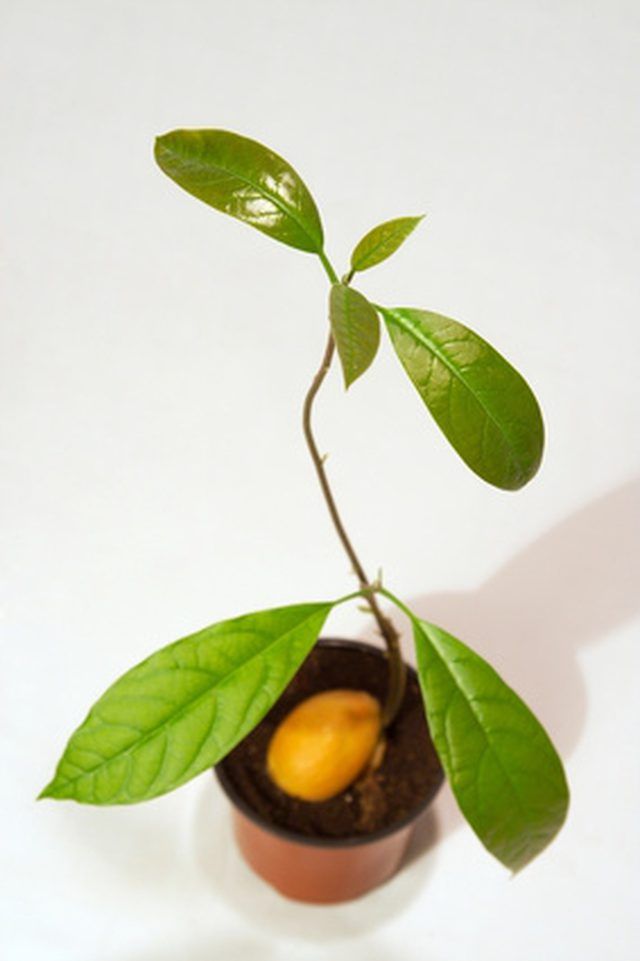Bulbs
Flower Basics
Flower Beds & Specialty Gardens
Flower Garden
Garden Furniture
Garden Gnomes
Garden Seeds
Garden Sheds
Garden Statues
Garden Tools & Supplies
Gardening Basics
Green & Organic
Groundcovers & Vines
Growing Annuals
Growing Basil
Growing Beans
Growing Berries
Growing Blueberries
Growing Cactus
Growing Corn
Growing Cotton
Growing Edibles
Growing Flowers
Growing Garlic
Growing Grapes
Growing Grass
Growing Herbs
Growing Jasmine
Growing Mint
Growing Mushrooms
Orchids
Growing Peanuts
Growing Perennials
Growing Plants
Growing Rosemary
Growing Roses
Growing Strawberries
Growing Sunflowers
Growing Thyme
Growing Tomatoes
Growing Tulips
Growing Vegetables
Herb Basics
Herb Garden
Indoor Growing
Landscaping Basics
Landscaping Patios
Landscaping Plants
Landscaping Shrubs
Landscaping Trees
Landscaping Walks & Pathways
Lawn Basics
Lawn Maintenance
Lawn Mowers
Lawn Ornaments
Lawn Planting
Lawn Tools
Outdoor Growing
Overall Landscape Planning
Pests, Weeds & Problems
Plant Basics
Rock Garden
Rose Garden
Shrubs
Soil
Specialty Gardens
Trees
Vegetable Garden
Yard Maintenance
How to Grow Avocado Trees in Colorado
How to Grow Avocado Trees in Colorado. Colorado's cold climate restricts the types of plants that can thrive outdoors. For example, avocado trees generally thrive in USDA hardiness zones 9 and 10, with average annual minimum temperatures ranging from 20 to 40 degrees Fahrenheit. Some areas of Colorado fall as low as zone 3, with an average annual...

Colorado's cold climate restricts the types of plants that can thrive outdoors. For example, avocado trees generally thrive in USDA hardiness zones 9 and 10, with average annual minimum temperatures ranging from 20 to 40 degrees Fahrenheit. Some areas of Colorado fall as low as zone 3, with an average annual minimum temperature of 40 degrees below zero. For this reason, residents of Colorado interested in growing avocado trees often grow them as houseplants.
Things You'll Need
Avocado seed
Toothpicks
Scissors or pruning shears
10-?-inch growing pot
Hummus soil
Houseplant fertilizer
Wash the avocado seed thoroughly in warm water to remove any contaminants.
Insert three to four toothpicks into the avocado, at the halfway point of the seed. Extend the toothpicks far enough from the seed to reach the edges of a small glass.
Fill a small clear glass about three-fourths of the way with water. Suspend the avocado seed, flat-side down, on the rim of the glass so that the bottom 1 inch of the seed is covered with water.
Place the glass in a warm area, such as a windowsill, that receives indirect sunlight. Add more water to the glass as necessary to keep the bottom 1 inch of the seed covered in water. The seed should form roots and a small stem within six weeks.
Trim the stem when it reaches 6 inches long. Cut it back to about 3 inches to encourage new and healthy growth.
Transfer the seed to a growing pot when the stem again has reached 6 inches long and the roots are growing thick. Fill a 10-?-inch planting pot with hummus soil, which is ideal for avocado roots. Insert the seed so that the roots are buried in the soil. Leave the top half of the seed exposed above the soil.
Place the plant in a warm area that receives indirect sunlight for at least six hours each day. Water the soil weekly with light waterings; the soil should always be moist but never soaked.
Trim the stem when it reaches 12 inches high. Cut it back by about half to encourage new shoots and branches to grow.
Apply houseplant fertilizer to the avocado tree every three months. Follow all specific product instructions regarding application, as the amount of fertilizer needed can vary depending on the size of your tree.
Tips & Warnings
To grow your avocado tree outside, consult a local garden center, nursery or extension service regarding your options. Avocados outdoors in Colorado will require very specific care, and may not thrive at all.
Avocado trees can take 15 to 20 years to produce fruit.
Too much salt in the soil can cause leaves to turn brown. Consider using distilled water. If you face a salt problem, water the plant thoroughly and allow the water to drain at least four or five times to allow the salt to rinse away.
Yellow leaves are a sign of over-watering. If you see your leaves start to turn yellow, do not water the plant for about a week to allow the roots to adjust.